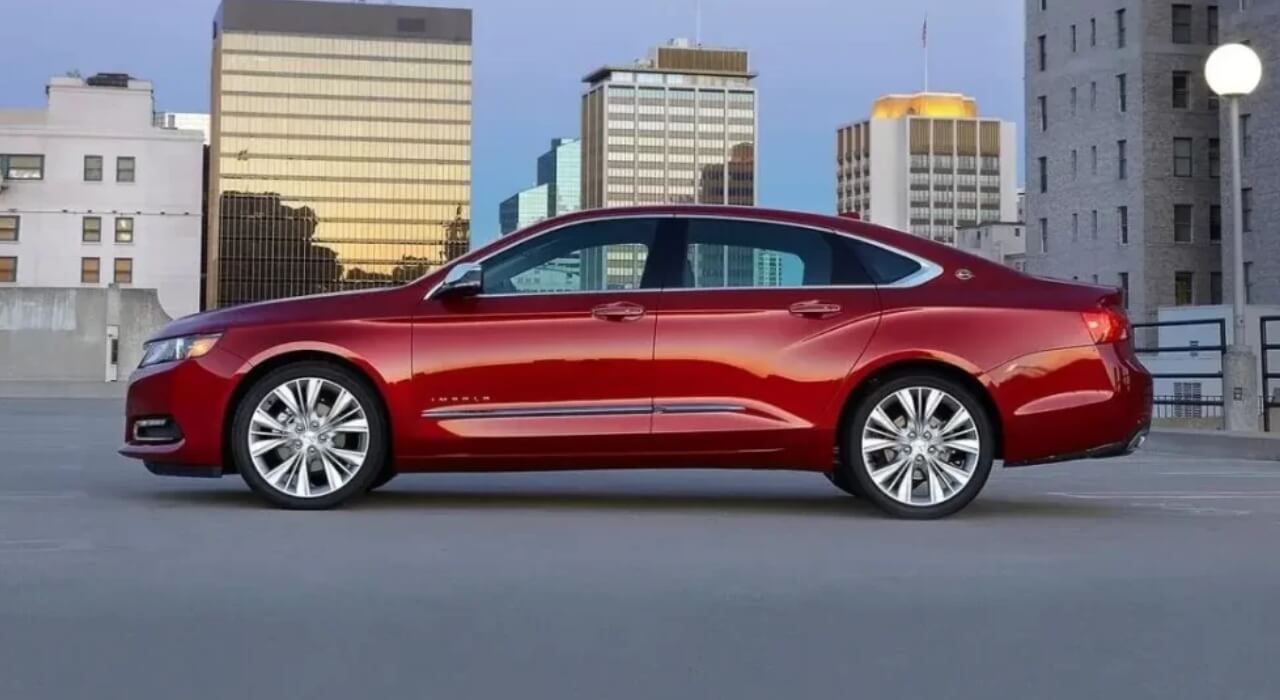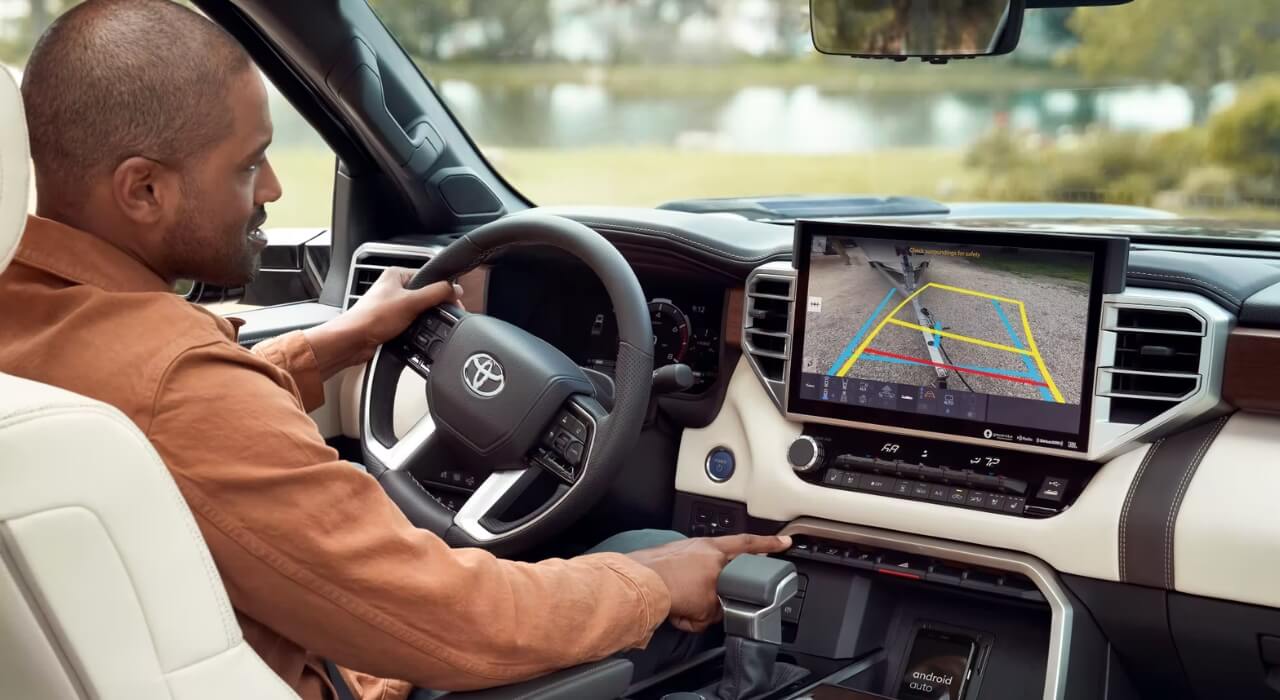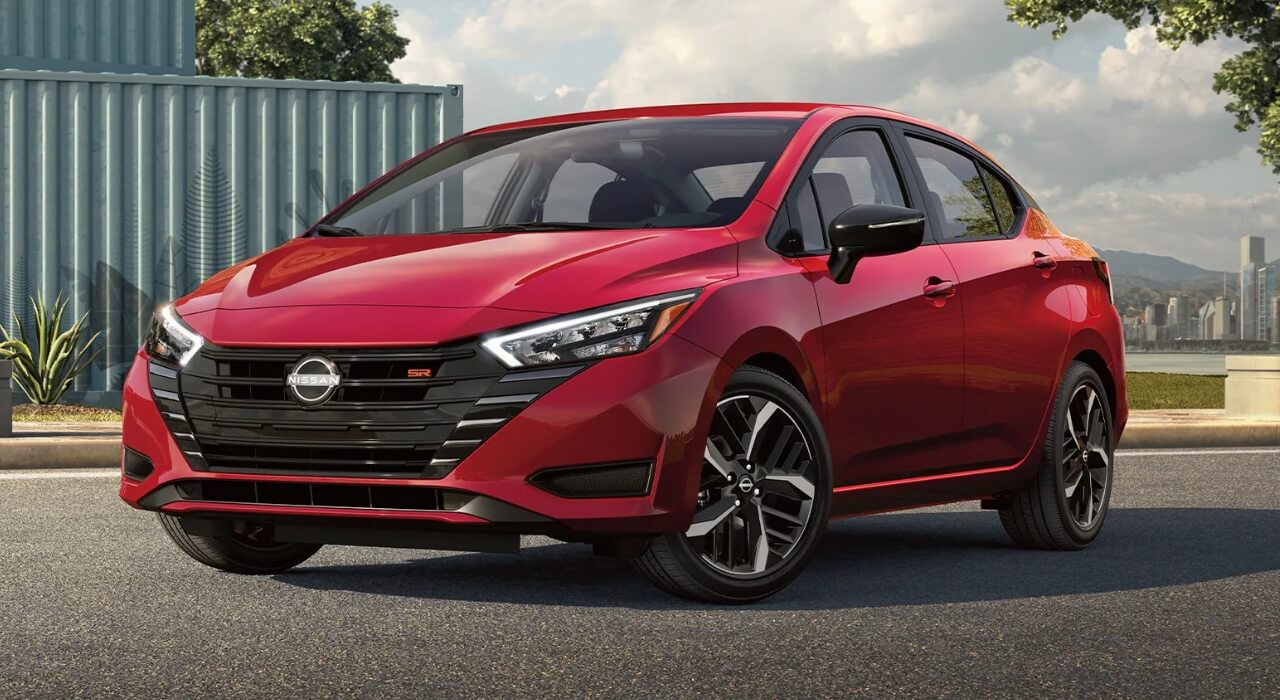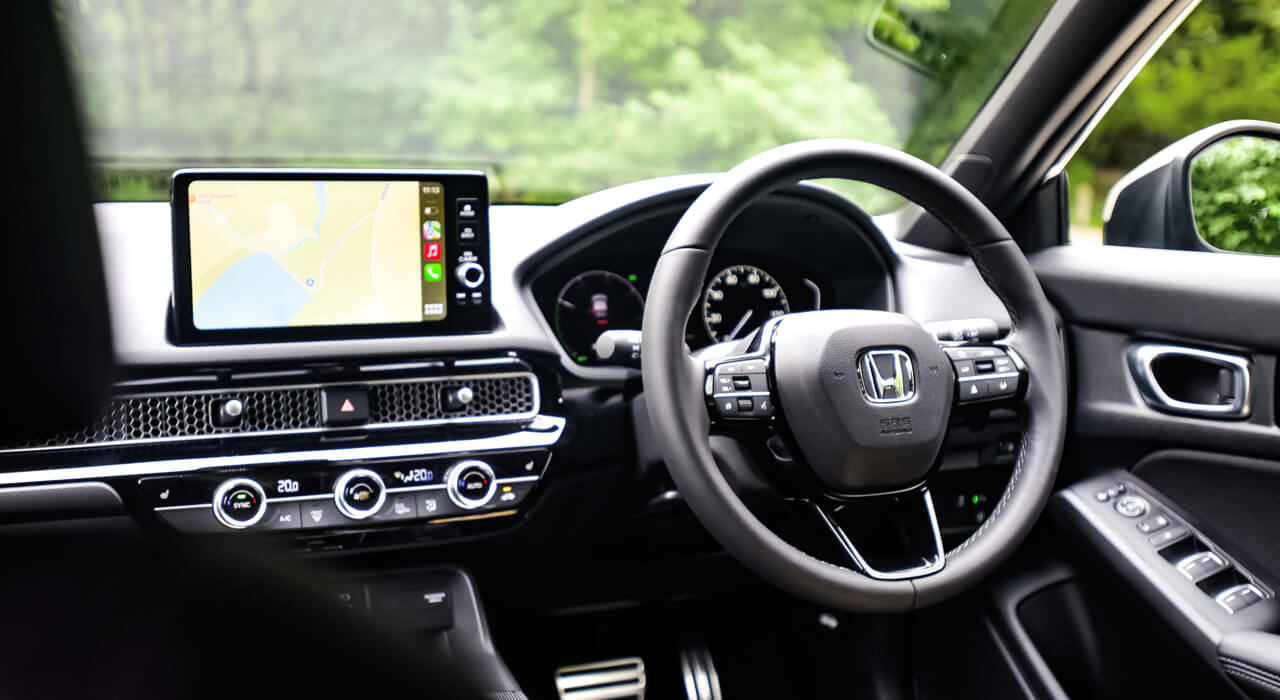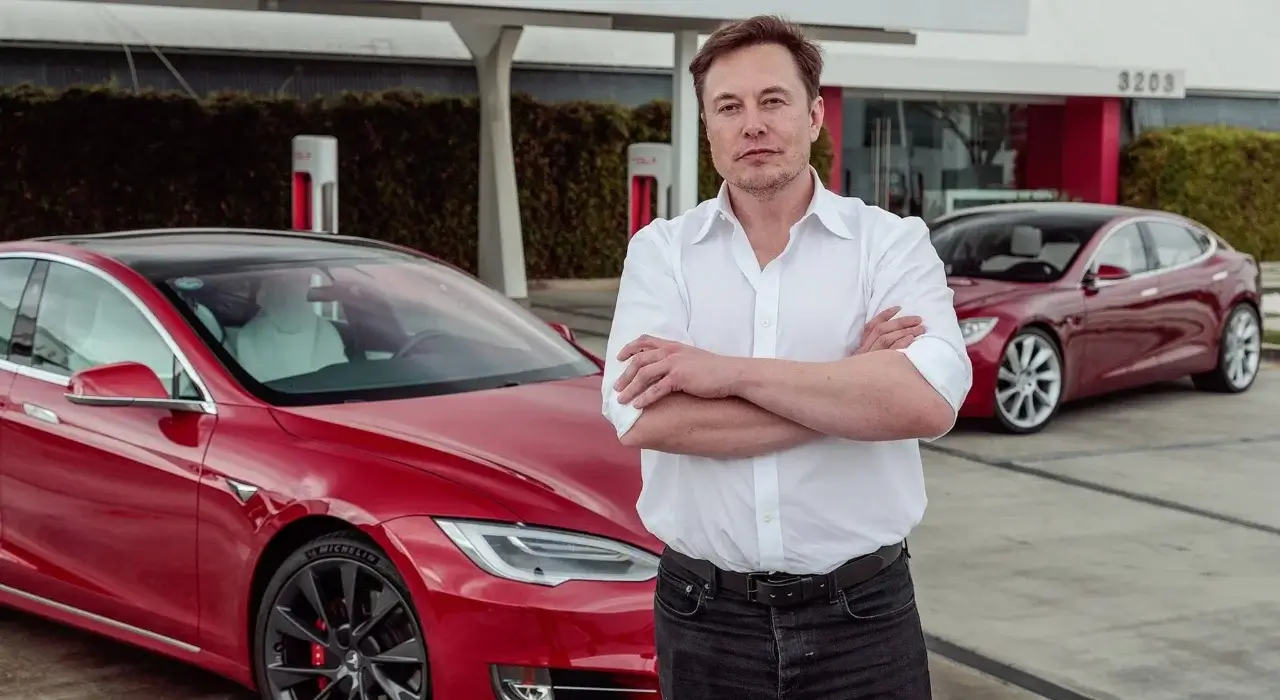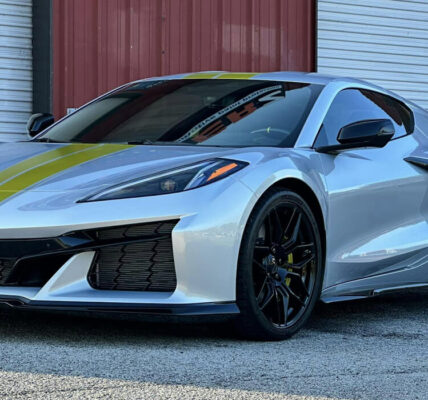The world of transportation has witnessed incredible advancements in vehicle technology over the years, reshaping the way we drive and navigate our roads. From the invention of the first automobile to the latest developments in autonomous vehicles, these technological breakthroughs have revolutionized transportation, enhancing safety, efficiency, and convenience.
In this blog, we will explore the remarkable innovations that have changed the way we drive, transforming our roads and propelling us into a future of intelligent transportation systems.
Safety Innovations
One of the most important aspects of vehicle technology is enhancing safety for drivers, passengers, and pedestrians. Over the years, numerous safety innovations have been introduced, reducing the number of accidents and fatalities on the roads. These include seat belts, airbags, anti-lock braking systems (ABS), electronic stability control (ESC), and collision avoidance systems. These technologies have become standard in modern vehicles, significantly improving the overall safety of driving.
Connected Cars
The rise of connectivity has transformed vehicles into mobile devices on wheels. The introduction of advanced infotainment systems, such as Apple CarPlay and Android Auto, has seamlessly integrated our smartphones with vehicle interfaces, allowing for hands-free calling, music streaming, and navigation.
Furthermore, connected cars enable real-time traffic updates, remote diagnostics, and even over-the-air software updates, ensuring vehicles stay up-to-date with the latest features and security patches. Furthermore, the integration of vehicle-to-vehicle (V2V) and vehicle-to-infrastructure (V2I) communication systems further enhances safety and efficiency on the roads.
Electric and Hybrid Vehicles
The pressing need for environmentally-friendly transportation solutions has spurred the development of electric and hybrid vehicles. Electric vehicles (EVs) run entirely on electricity, emitting zero tailpipe emissions, while hybrid vehicles combine electric motors with internal combustion engines.
Suggestion: Jeep Grand Cherokee Years To Avoid & Which Year To Buy Jeep Cherokee?
These vehicles have significantly reduced our carbon footprint and dependence on fossil fuels, promoting sustainability and reducing air pollution. The continuous advancement in battery technology has also addressed a range of anxiety concerns, making EVs a viable alternative to traditional combustion engines.
Advanced Driver Assistance Systems (ADAS)
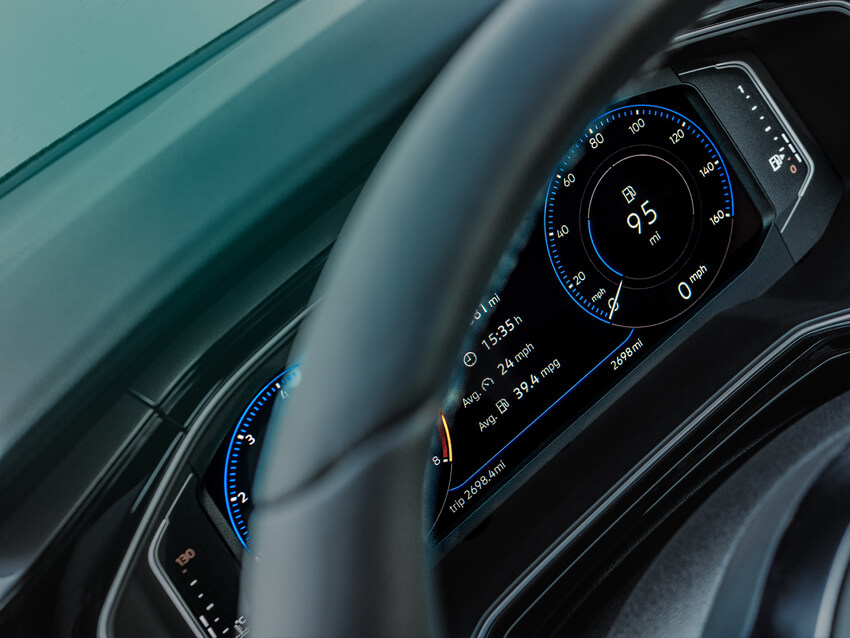
Advanced Driver Assistance Systems have transformed the driving experience by integrating sensors, cameras, and AI algorithms. ADAS technologies, such as adaptive cruise control, lane-keeping assist, automatic emergency braking, and blind-spot monitoring, augment driver awareness and mitigate the risk of accidents. These systems act as co-pilots, providing valuable assistance and enhancing overall road safety. As noted by the accident attorneys at DuBois Law Group, ADAS systems may help prevent car accidents, but it remains up to the drivers to practice safe driving.
Autonomous Vehicles
The rise of autonomous vehicles represents a groundbreaking advancement in vehicle technology. These self-driving cars utilize an array of sensors, including radar, lidar, and cameras, coupled with advanced AI algorithms to navigate and make decisions on the road.
Also Read: 100+ Cute & Funny Nicknames For A Car: Roaring With Laughter & Joy
Autonomous vehicles have the potential to significantly reduce human errors and improve road safety. Moreover, they promise increased mobility for people with disabilities and the elderly, as well as potentially reducing traffic congestion through optimized routing and platooning.
Smart Infrastructure
Vehicle technology is not limited to the vehicles themselves; it also encompasses the infrastructure supporting them. Smart infrastructure initiatives, such as intelligent traffic management systems, connected traffic lights, and vehicle-to-infrastructure (V2I) communication, enhance traffic flow, reduce congestion, and improve overall efficiency on our roads.
These advancements contribute to a more seamless and connected transportation network, creating a safer and more enjoyable driving experience.
Vehicle-to-Everything (V2X) Communication
Vehicle-to-Everything communication technology enables vehicles to communicate with other vehicles, infrastructure, and pedestrians. This technology enhances safety by providing real-time information about road conditions, traffic congestion, and potential hazards. For example, V2X communication can alert drivers to the presence of emergency vehicles or pedestrians in blind spots. By creating a connected ecosystem,
Advanced Manufacturing Techniques
The advent of advanced manufacturing techniques, such as robotics, 3D printing, and automation, has transformed the production process in the automobile industry. Robotics and automation have enabled precise and efficient assembly line operations, resulting in increased productivity and improved quality control.
Suggestion: Top 9 Cars That Look Like Lamborghinis – Most Iconic Super Cars In 2023
3D printing technology has revolutionized prototyping and small-scale production, allowing for rapid iteration and customization. These advancements have accelerated the development and deployment of new vehicle models, reducing time to market and increasing overall manufacturing efficiency.
Vehicle Technology On The Horizon
Augmented Reality (AR) Head-Up Displays (HUDs)
AR HUDs project relevant information, such as speed, navigation instructions, and collision warnings, onto the windshield, allowing drivers to keep their eyes on the road. These systems overlay virtual elements onto the real world, providing a seamless and enhanced driving experience.
Biometric Vehicle Access
Biometric vehicle access systems use fingerprint, facial recognition, or iris scanning technology to authenticate drivers and grant access to the vehicle. This technology enhances security and convenience, eliminating the need for traditional keys or key fobs.
Gesture Control
Gesture control systems use cameras and sensors to interpret hand movements and gestures, allowing drivers to interact with various vehicle functions without physically touching buttons or screens. This technology enhances convenience and reduces driver distraction.
Advanced Biometric Monitoring
Advanced biometric monitoring systems, such as heart rate monitors and driver drowsiness detection, analyze vital signs to detect signs of fatigue or distraction. These technologies can provide alerts to the driver or even initiate safety measures, such as adjusting the vehicle’s settings or suggesting a break.
Predictive Maintenance
Predictive maintenance systems use sensors and algorithms to monitor various vehicle components and predict when maintenance or repairs are needed. By identifying potential issues before they become critical, these systems improve vehicle reliability, reduce downtime, and optimize maintenance schedules.
5G Connectivity
The rollout of 5G technology enables faster and more reliable connectivity in vehicles. It allows for seamless integration with the Internet of Things (IoT), supporting enhanced navigation, real-time streaming, and cloud-based services. 5G connectivity also facilitates Vehicle-to-Everything (V2X) communication, enabling vehicles to connect with other vehicles, infrastructure, and pedestrians.
Electric Vehicle Charging Infrastructure
As electric vehicles continue to gain popularity, the development of an extensive charging infrastructure is crucial. Fast-charging stations and wireless charging technologies are being implemented to make EV charging more convenient and accessible, reducing range anxiety and promoting the widespread adoption of electric vehicles.
Artificial Intelligence (AI) Integration
AI is being increasingly integrated into vehicles, enabling advanced features such as voice assistants, intelligent navigation systems, and personalized driving experiences. AI algorithms can analyze data from various sensors, cameras, and connectivity sources to optimize performance, safety, and efficiency.
Vehicle technology has undeniably transformed the way we drive, revolutionizing our roads and propelling us toward a future of intelligent transportation systems. From the birth of the automobile to what we have to look forward to in the future, the vehicle technology industry is always progressing and doesn’t seem to be slowing down anytime soon.







